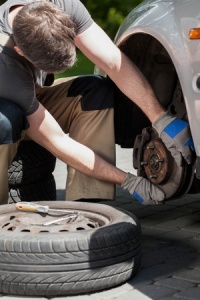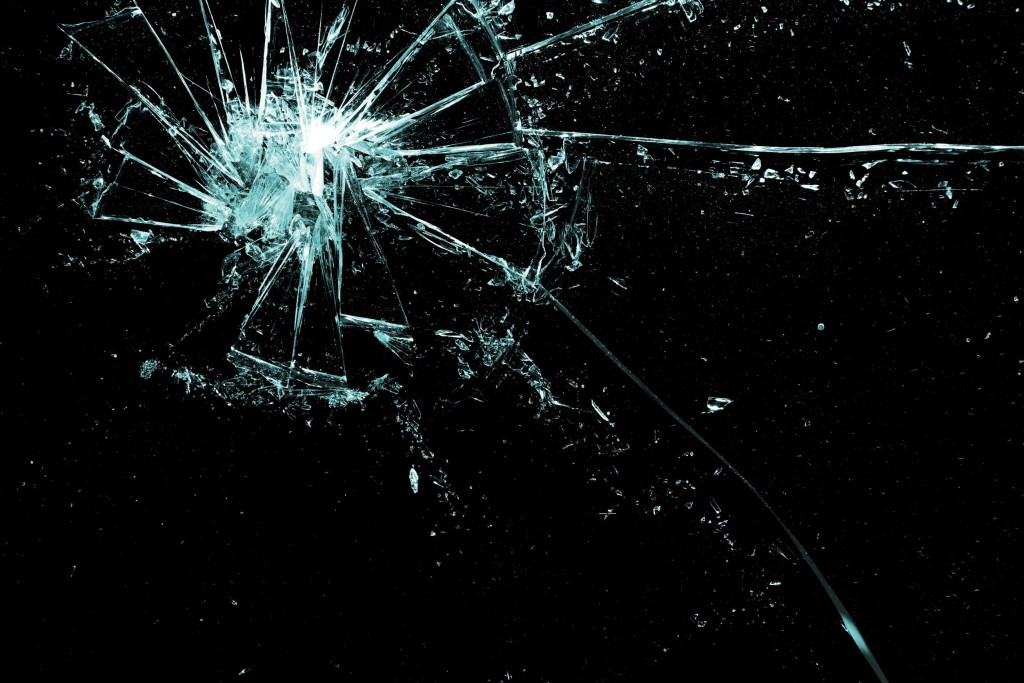Cruise Control Reduces Speed, Increases Driver Drowsiness
 Most cars these days are equipped with cruise control, which allows a driver to set the speed of the vehicle without having to maintain constant contact with the gas pedal. In fact, you may be surprised to learn that cruise control technology was first introduced 100 years ago. Cruise control is a useful tool for drivers, especially on long road trips, but new data out of France reveals that the convenience comes at a price.
Most cars these days are equipped with cruise control, which allows a driver to set the speed of the vehicle without having to maintain constant contact with the gas pedal. In fact, you may be surprised to learn that cruise control technology was first introduced 100 years ago. Cruise control is a useful tool for drivers, especially on long road trips, but new data out of France reveals that the convenience comes at a price.
A study by the Vinci Autoroutes Foundation found that cruise control or speed-limiting vehicles led to an increased risk that the driver would become drowsy, and it also significantly increased a driver’s reaction time.
For their study, the foundation divided 90 drivers into three groups based on their age. The drivers were then put through a driving simulator over a three-day period. They were asked to drive 75 miles each day, and in the simulator they encountered construction, a bus accident, a tollbooth, and radar. Drivers were hooked up to equipment to monitor eye movement and brain activity to aid in data collection. They were also asked to rate their level of vigilance every 15 minutes.
After looking at the data, researchers found:
- All participants exhibited greater signs of drowsiness when using cruise control.
- The average level of self-reported vigilance decreased significantly as time passed. The most common response at the beginning of the trip was that the participant was feeling “rather awake,” but that changed to “neither awake nor asleep” only 30 minutes into the drive.
- When using cruise control, all drivers took longer to brake for the simulated encounters. By the end of the trip, drivers were breaking roughly 85 yards closer to the incident location.
- Young drivers between the ages of 18-30 were the most affected by the fatigue of the trip.
Andre Dufour, the lead researcher of the study, said cruise control can help people avoid speeding tickets, but drivers must take extra precautions to stay alert.
“They help people to obey the speed limit,” said Dufour. “But you have to know how to use them.”
He added that even though the vehicle can help complete some functions normally reserved for the driver, “the person is still in charge and still responsible.”
Related source: ABC News
-
3 Minor Car Repairs That Can Save You Major Dollars
 Sep 24, 2014
Sep 24, 2014Nobody likes to have repair work done on their car, but answer this question. Would you rather spend $200 now to fix a small problem, or $1,000 three months from now to fix a major issue? Obviously, you’d rather address the minor issue before it becomes a major headache. The thing is, most people ignore […]
-
How Often Should I Rotate My Tires?
 Jun 5, 2013
Jun 5, 2013Aside from the brakes, your tires are arguably one of the most important parts of your car because they are tasked with keeping you safe while on the road. Many people often overlook simple tire maintenance, opting for other routine fixes like oil changes, brake checks, etc. While those steps are essential in prolonging the […]
-
4 Tips for Protecting Your Car’s Windshield
 Apr 15, 2015
Apr 15, 2015In a perfect world that 18-wheeler wouldn’t have sprayed up that rock and cracked your windshield, but sometimes windshield damage is unavoidable. Fluke cracks aside, there are some steps you can take help extend the life of your windshield and protect it against damaging chips and cracks. Below, we explain four tips for protecting your […]




